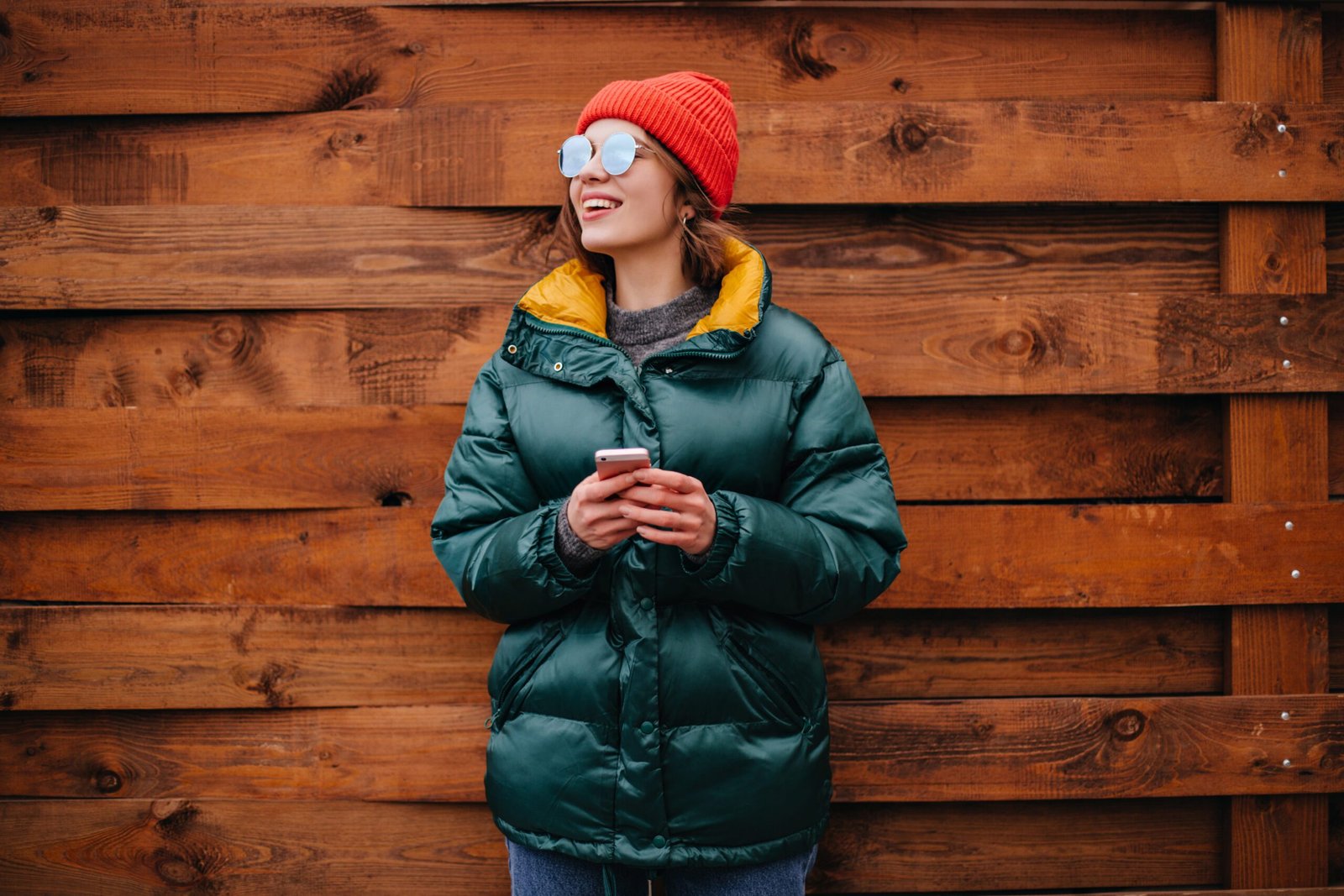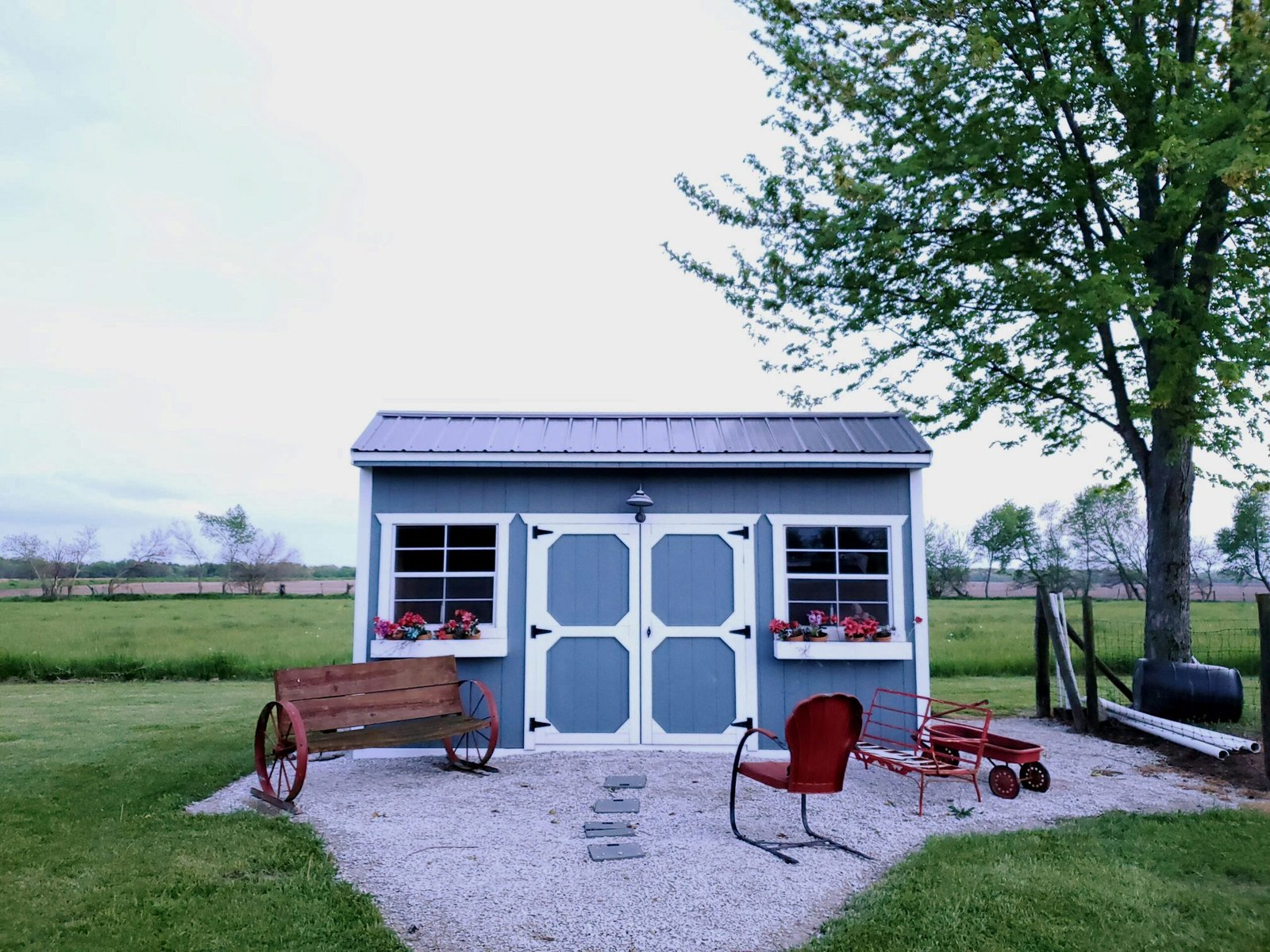Early morning frost nips at your cheeks as you shoulder your pack at the trailhead. A stiff wind whips past, chasing away any doubts about why you dragged yourself out of a warm bed. Instead of shivering, you feel a gentle wave of warmth radiate through your core, thanks to modern battery-powered heated gear.
Exposure to cold can drop outdoor performance significantly. A meta-analysis indicates that temperatures of 50°F or less can result in a 13.91% decrease in performance compared to neutral conditions. This is why more hikers, runners, and photographers now reach for heated apparel built specifically for women.
In 2024, a record 53.2% of American females participated in outdoor recreation activities, highlighting a growing need for specialized equipment. Below, you’ll find a technology primer, product comparisons, and a buying guide to help you choose the right gear for your next adventure.
How Does Heated Clothing Work?
Heated clothing operates on a simple but effective system. Thin, flexible carbon-fiber heating elements are woven between fabric layers, allowing them to warm up in seconds and distribute heat evenly. Because these filaments are only a few microns thick, you will never feel bulky wires.
Most garments rely on 5,000 mAh lithium-ion battery packs that can last three to ten hours on a low setting, with crucial safety measures like auto-shutoff and short-circuit protection.
| Key Insight: Heated gear uses micro-thin carbon fiber filaments, not bulky wires, to deliver instant warmth. This technology allows for powerful heating in a lightweight design that won't restrict movement. |
The 3 Essential Heated Gear Items
1. Women’s Heated Beanie
An ultra-light acrylic knit hides a carbon-fiber panel that circles the ears, delivering three levels of toastiness at the press of a glove-friendly button. Because the 5V battery tucks into a tiny side pocket, runners and photographers barely notice the added weight.
It's ideal for sunrise race training, making coffee at the campsite, or belaying a partner on a shady climbing pitch.
- Pros: Weighs less than most fleece beanies; USB-C charging doubles as a phone power bank in a pinch.
- Cons: The battery pocket can press against the temple if you wear tight sunglasses.
2. Women’s Heated Jacket
Two chest panels and a broad mid-back element warm your core, while optional neck-collar heaters tackle icy lift rides or windy ridge lines. The slim cut flatters without restricting, and the whole jacket stuffs into its own pocket.
The nylon shell resists light precipitation, but it still needs a dedicated rain shell in heavy downpours. For readers wanting to explore options firsthand, browsing a purpose-designed heated jacket from Weston Store can help you compare material feel, battery placement, and sizing charts in detail.
3. Heated Gloves
Frozen fingers derail everything from ski-lift selfies to back-country knot tying. These gloves combine goatskin palms for grip, a waterproof breathable membrane, and carbon-fiber filaments that run across the back of the hand. The result is full dexterity even when temps sink into single digits.
- Pros: Touchscreen-compatible fingertips keep phones usable; reinforced knuckle padding is useful for ice-scraping and snow-shoveling chores.
- Cons: At 0.7 lb per pair with batteries, they are heavier than standard ski gloves.
| Pro Tip: Start with heating your core (jacket) and extremities (gloves, beanie). These areas lose heat fastest and have the biggest impact on overall comfort, making them the most effective initial investments. |
Quick Buying Guide: How to Choose Heated Clothing for Women
1. Styles & Fit
Decide whether you need a shell, mid-layer, or accessory. Women-specific cuts are crucial to prevent cold gaps at the lower back and wrists.
2. Lightweight Versatility
Gram counters tackling multi-day treks should compare jacket weights; beanies and gloves add negligible ounces.
3. Multi-Functionality
Some batteries include 5V USB outputs to top off a phone or GPS. This feature can be a lifesaver on long trips or commutes.
4. Heating Zones
Core warmth trumps everything else, but extremity heating often determines comfort during stop-and-go activities like winter photography.
5. Materials & Insulation
Synthetic fills dry faster than down after wet snow, while durable water-repellent (DWR) coatings fend off slush.
Pro Tips for Getting the Most From Your Heated Gear
To maximize performance, always care for your batteries by keeping spares in an insulated inner pocket and storing them at 50 percent charge between trips.
Layer smarter by pairing a thin merino base layer with your heated mid-layer, then adding a windproof shell if storms roll in. Finally, follow washing instructions carefully, which usually involve removing the battery and using a gentle cycle.
| Important: Always use manufacturer-approved batteries. Mismatched power sources can damage heating elements, void your warranty, and pose a significant safety risk. Proper care ensures longevity and safe operation. |
The Path Forward
With this guide, you are equipped to choose the heated beanie, jacket, and gloves that best match your winter goals.
Dial in the perfect warmth level, stash a backup battery, and step outside with confidence. Crisp, frosty air should spark excitement, not shivers, allowing you to focus on the adventure ahead.




